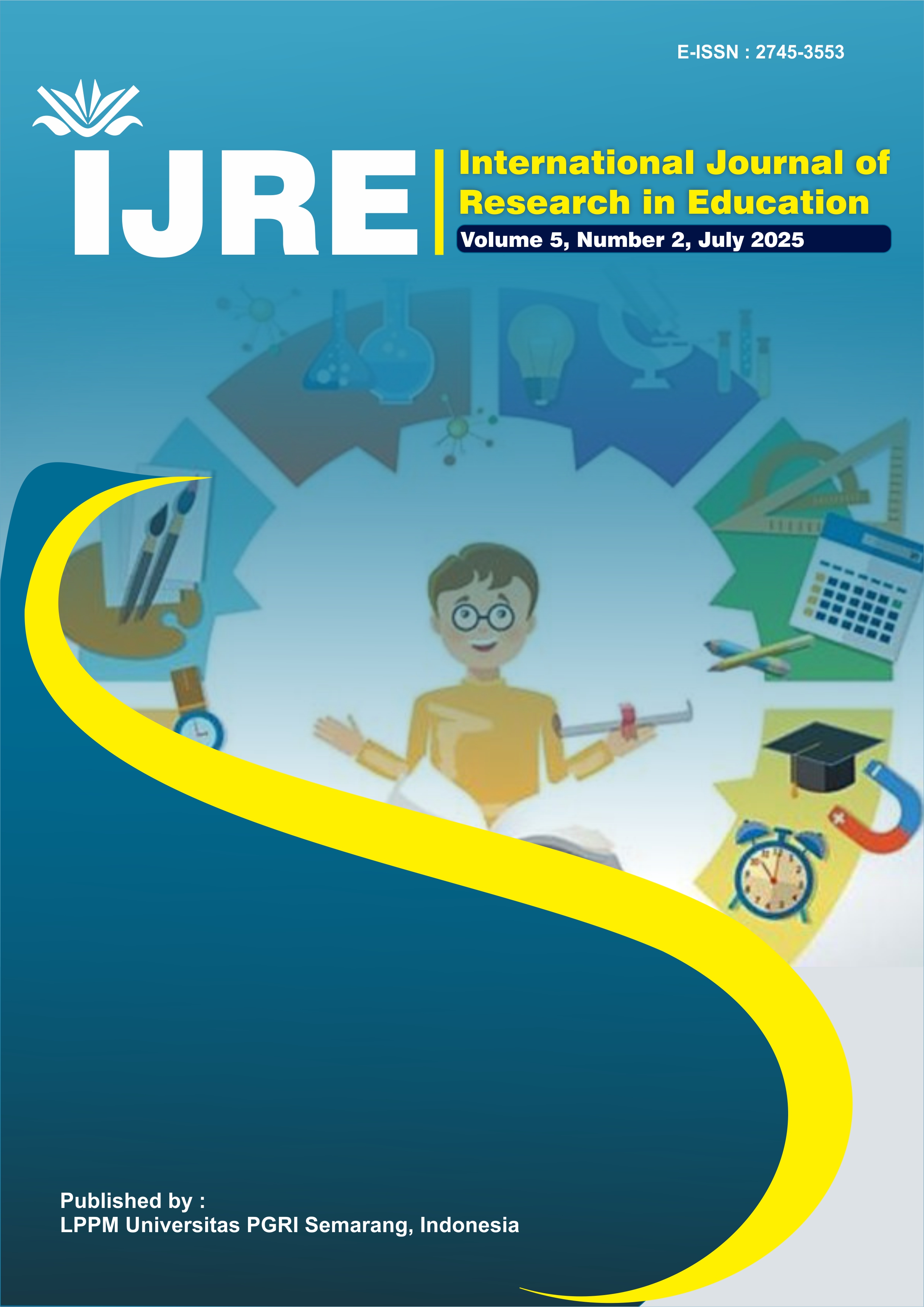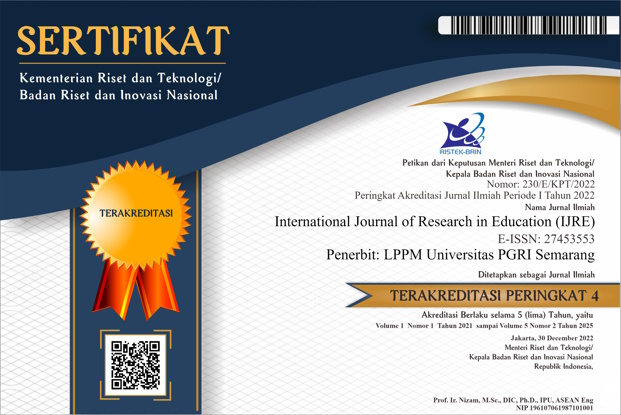Workability Study for Graduates of the Faculty of Engineering Universitas Negeri Surabaya
DOI:
https://doi.org/10.26877/fgbmye55Keywords:
Tracer Study, Factor Analysis, CompetencyAbstract
A successful education provider is one that produces graduates who can apply their knowledge and skills in the real world. This study aims to examine the 2022 graduate profile through a tracer study and identify factors that influence their competencies. Using a descriptive quantitative approach, the study involved 471 graduates from 13 study programs at the Faculty of Engineering. Data collection techniques using questionnaires and analyzed using factor analysis with the help of SPSS. Results show that the average waiting time for graduates to secure their first job is 4.28 months. Most alumni reported that their jobs were very closely (31%) or closely (30%) related to their field of study. The study identified 27 competency-supporting factors, which were grouped into two main components through factor analysis. Combined, these components influence alumni competence by 68.056%. The findings indicate that the curriculum and graduate profile developed by the study programs remain relevant to industry needs. Therefore, universities should adopt a holistic educational approach that balances academic knowledge with character development, ethics, and soft skills. Strengthening collaboration with industry and continuously updating the curriculum are key steps to ensure graduates stay relevant and competitive in the job market.
References
Albina, A. C., & Sumagaysay, L. P. (2020). Employability tracer study of information technology education graduates from a state university in the Philippines. Social Sciences & Humanities Open, 2(1), 1–6.
Fenta, H. M., Asnakew, Z. S., Debele, P. K., Nigatu, S. T., & Muhaba, A. M. (2019). Analysis of supply side factors influencing employability of new graduates: A tracer study of Bahir Dar University graduates. Journal of Teaching and Learning for Graduate Employability, 10(2), 67–85. https://doi.org/10.21153/jtlge2019vol10no2art801
Halili, S. ‘Ben,’ Cristobal, F., Woolley, T., Ross, S. J., Reeve, C., & Neusy, A.-J. (2017). Addressing health workforce inequities in the Mindanao regions of the Philippines: Tracer study of graduates from a socially-accountable, community-engaged medical school and graduates from a conventional medical school. Medical Teacher, 39(8), 859–865. https://doi.org/10.1080/0142159X.2017.1331035
Hazaymeh, E. N. M. (2015). A tracer study of la salle university college of engineering graduates. Educational Journal, 18(1), 98–113.
Menez, N. L. (2014). Tracer study of the masters in business administration (MBA) graduates from 2008-2012. Asia Pacific Journal of Education, Arts and Sciences, 1(1), 14–18.
Nugraheni.Y. (2018). Analisis Tracer Study Lulusan Politeknik Dengan Exit Cohort Sebagai Pendekatan Target Responden. UPT Komputer, Politeknik Negeri Bandung.
Ocholla, M. S. D. N. (2011). A tracer study of LIS graduates at the University of Zululand, 2000- 2009. Sabinet: African Journal, 29(2), 89–133.
Rogan, M., & Reynolds, J. (2016). Schooling inequality, higher education and the labour market: Evidence from a graduate tracer study in the Eastern Cape, South Africa. Development Southern Africa, 33(3), 343–360. https://doi.org/10.1080/0376835X.2016.1153454
Rusman. (2012). Manajemen kurikulum. Rajawali.
Schomburg H. A. (2014). Practical Guide on Tracer Studies. Torino: European Training Foundation.
Syafiq, A. (2016). Metodologi dan manajemen tracer study. Penerbit Raja grafindo Persada.
Tim ITB. (2014). Report tracer study ITB 2014-2007. ITB Career Center.



